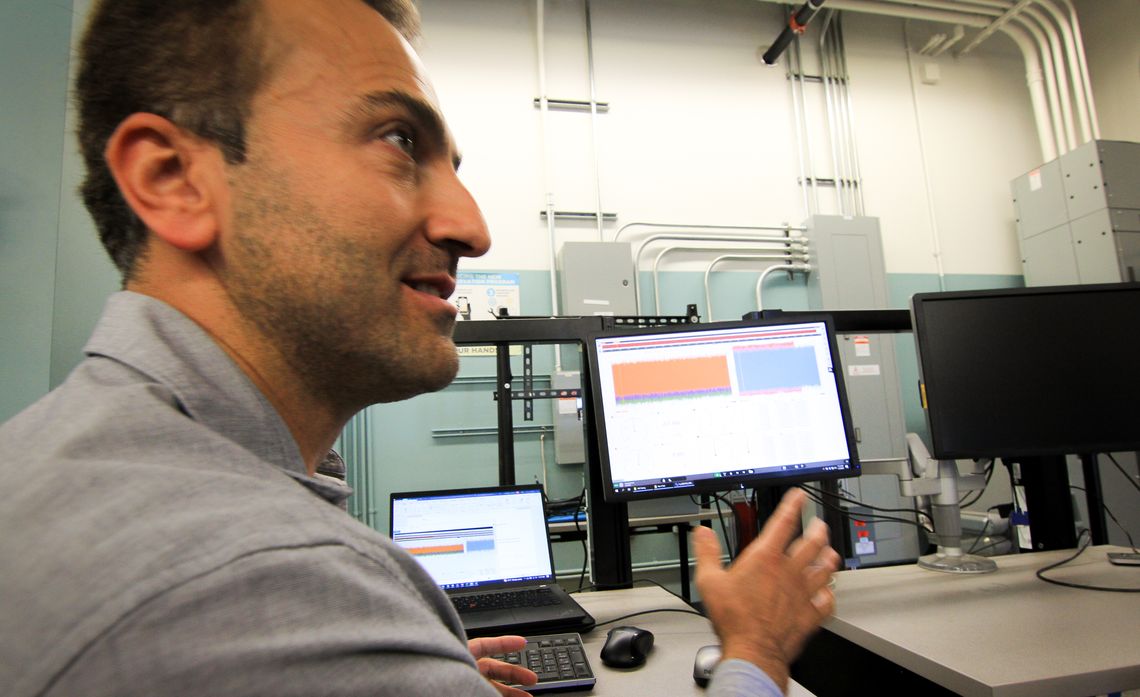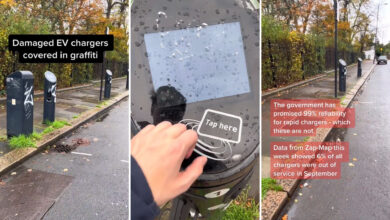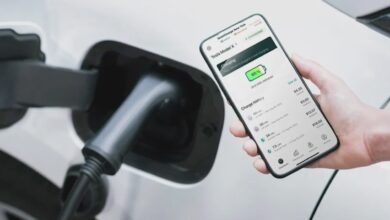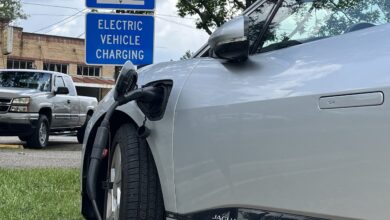EV Teamwork: Setting New Road Rules for Vehicle-to-Grid

As the adoption of electric vehicles continues to grow, collaborative efforts are driving innovative solutions to expand the advantages of EVs. Southern California Edison and several partners are creating new options for this future of electrification.
Engineers are focused on standardizing Alternating Current Vehicle-to-Grid (AC V2G) technology. The work adds to the playbook for EVs and the electric grid. It’s like conceptualizing and setting rules for a new game. Various play combinations are tested to ensure things work together effectively. And while it’s demanding work, it could make for a less costly and seamless experience for future EV drivers to see more from their vehicles.
V2G technology allows bidirectional enabled EVs to feed power back into the grid. However, only Direct Current (DC) V2G is currently approved in California, requiring a certified off-board charger/inverter. The SCE EV lab and partners work to demonstrate the viability of AC V2G. This would allow bidirectional capable EVs to supply power using their onboard inverters. The AC inverter is already on the EV, so customers don’t need to buy and install an extra inverter, making it simpler and more cost-effective.
“SCE, Stellantis (and partner Diamond Electric), Eaton, Kitu, EPRI and other partners got together and designed the methods to make this all work,” Jordan Smith, SCE consulting engineer said. “We then wrote it up in SAE standards and new UL standards. This same team then created an environment and a system that could test the interconnected approach with SCE.”
UL (UL Solutions) ensures product safety, while SAE (Society of Automotive Engineers) drives innovation in the automotive field.
“A significant aspect of our project involved engaging with and supporting the standards community. This included the development and progression of and the finalization of a revision to. Additionally, the Sunspec organization completed the implementation protocols for IEEE 2030.5 that is outlined in the update to SAE J2847/3.”
“The electric grid and automotive industry systems ordinarily do not need to communicate with each other. One of the goals of this project was to demonstrate that two ecosystems can come together,” said Gordon Lum, chief technical officer at Kitu Systems. “We’re delighted to provide the platform that lets these two areas effectively communicate.”
Richard Scholer, charging systems manager at Stellantis, shared some of the technical specifics that make this work.

“With DC, the inverter is in the charging station, placed in the home or a site,” Scholer said. “But with AC, the inverter is on board the vehicle. The vehicle (for the test) has an onboard charger that is bidirectional and is also a four-quadrant inverter. This means that it can perform reactive power adjustments and meet the requirements for grid quality functions.”
Building on this technical detail, Ahmed Mohamed, principal investigator at Eaton, explained how the car and power source communicate with each other.
“The vehicle provided by Stellantis is embedded with bidirectional capability,” Mohamed said. “From there, we at Eaton developed the interface between the vehicle, the home and the utility using our bidirectional EV supply equipment (EVSE) and a smart load center.”
The smart load center and bidirectional EVSE engineered by Eaton were sent to Stellantis and SCE for testing and demonstration. According to Mohamed, one of the main challenges of the project was making all the components compatible with applicable safety and interconnection requirements.
At the beginning, “the vehicle, charger, home load center, utility and aggregator each adhered to different industry-specific standards and communication protocols,” he said. “However, Eaton’s technologies were able to unify these components into one integrated system – demonstrating how V2G applications can safely help vehicle owners and utilities support a more reliable, resilient and sustainable electric grid.”
The project is set to conclude testing later this year. SCE will then include the findings in this project in discussions to revise the Rule 21 interconnection procedures. The rules being set from this collaboration are furthering the future of electrification and marks another stride toward a clean energy future.
For more information on SCE’s electric vehicle programs click here.



